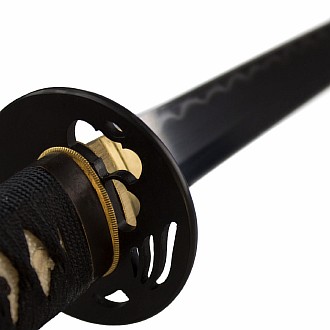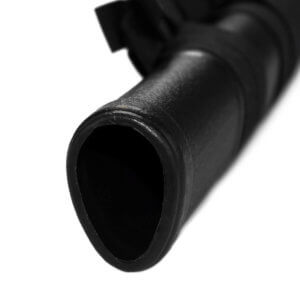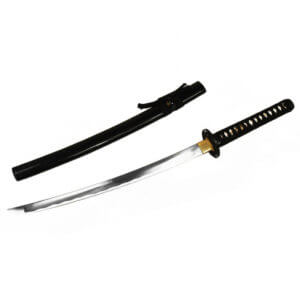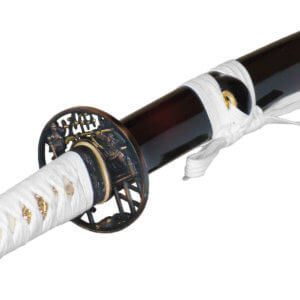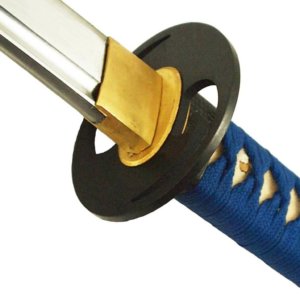In this article, we want to explore the question of which is better: a carbon steel sword or a carbon steel sword?
The solution first: it doesn't matter, because both terms mean exactly the same thing! The English term for carbon has now only found its way into German usage.
More information in the video about carbon and carbon steel
Definition of carbon steel
The steel is often also referred to as carbon steel or C-steel. The terms AHS (Advanced High Strengh) steel AHSS are also often used. Basically, however, all names describe the same material.
Carbon steel is an unalloyed or low-alloy steel that contains carbon (up to 2.1%) and hardly any other alloying elements apart from iron.
Carbon steel for sword blades
Typical examples of carbon steel are 1045, 1060 and 1095 carbon steel, which are often used to make sword blades.
In this case, the number in front of the term carbon steel stands for the carbon content of the metal.
We discuss individual, typically used carbon steel grades in detail in the article Steel according to industrial standard in.
Properties of carbon sword blades
Carbon steel is not rustproof. Blades made of carbon steel must therefore be maintained regularly to prevent rust from forming.
On the other hand, the steel has a finer structure and can therefore be sharpened more finely than stainless steel blades.
Why carbon steel is used for blade production
It makes sense to manufacture sword blades from carbon steel, as the steel has the right properties and is produced according to industrial standards.
Thanks to industrial production, the steel has a consistent quality and there are no significant differences in the quality of the material.
In addition, further processing is much less complicated if the steel always has the same composition and therefore the same properties.
You can find more information on the individual types of steel for swords in our article Blade steel types of Samurai swords.

